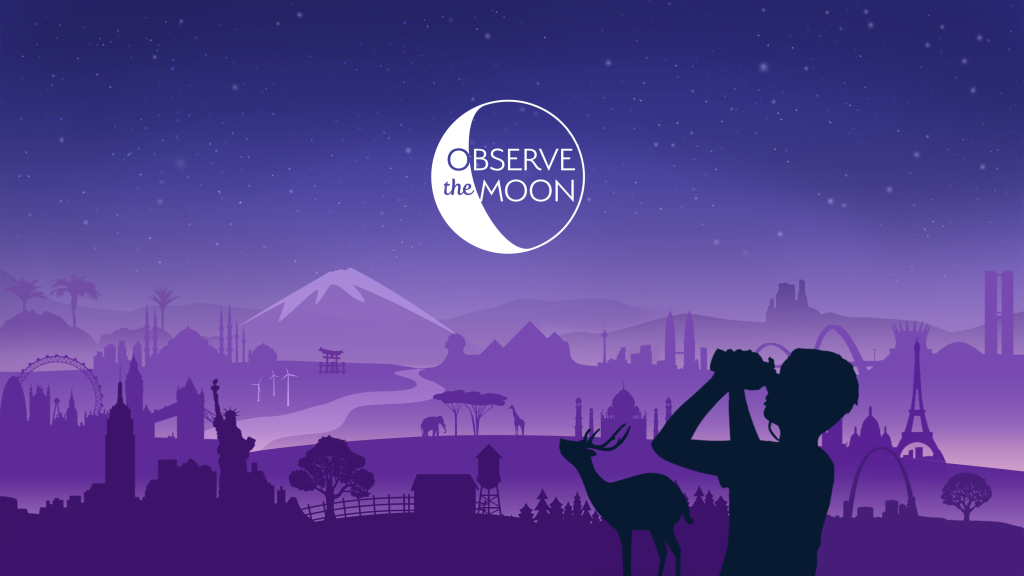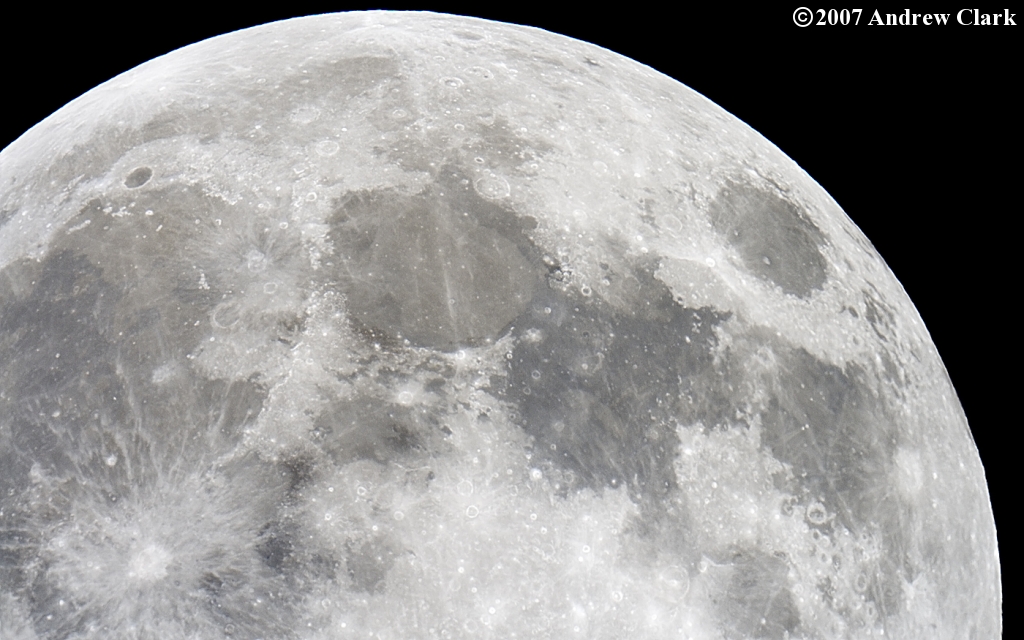UPDATE (9:30AM Sat Sep 14): The weather forecast looks good, so we’re going ahead with the event.

September 14 marks this year’s International Observe the Moon Night. We will join people around the world who are viewing our natural satellite. We invite you to join us at our observatory from 8:00-10:00PM for a magnified view of the moon’s features through our telescope.
This event is weather dependent; if the sky is completed clouded over, we won’t be able to view the moon. If it’s partly cloudy, we might be able to go ahead since the moon is such a bright object and thus easy to find with our telescope. In the event of a weather cancellation, this post will be updated.
If you’re coming to our event, meet us in room 417 of Memorial Hall. We’ll have some moon activities and information for a variety of ages that you can peruse while you wait for your turn to go up to the observatory.
Accessibility: You can take an elevator up to room 417, but it is necessary to climb stairs from there up to the roof and into the observatory to reach the telescope.
If you can’t attend our event, you can still view the moon yourself the same night, or any night. Check out NASA’s viewing guide for tips on how to get the best viewing experience whether you’re using just your eyes, or binoculars or a telescope. NASA’s interactive Daily Moon Guide is also a great resource to show you what moon features you can see on any day.








